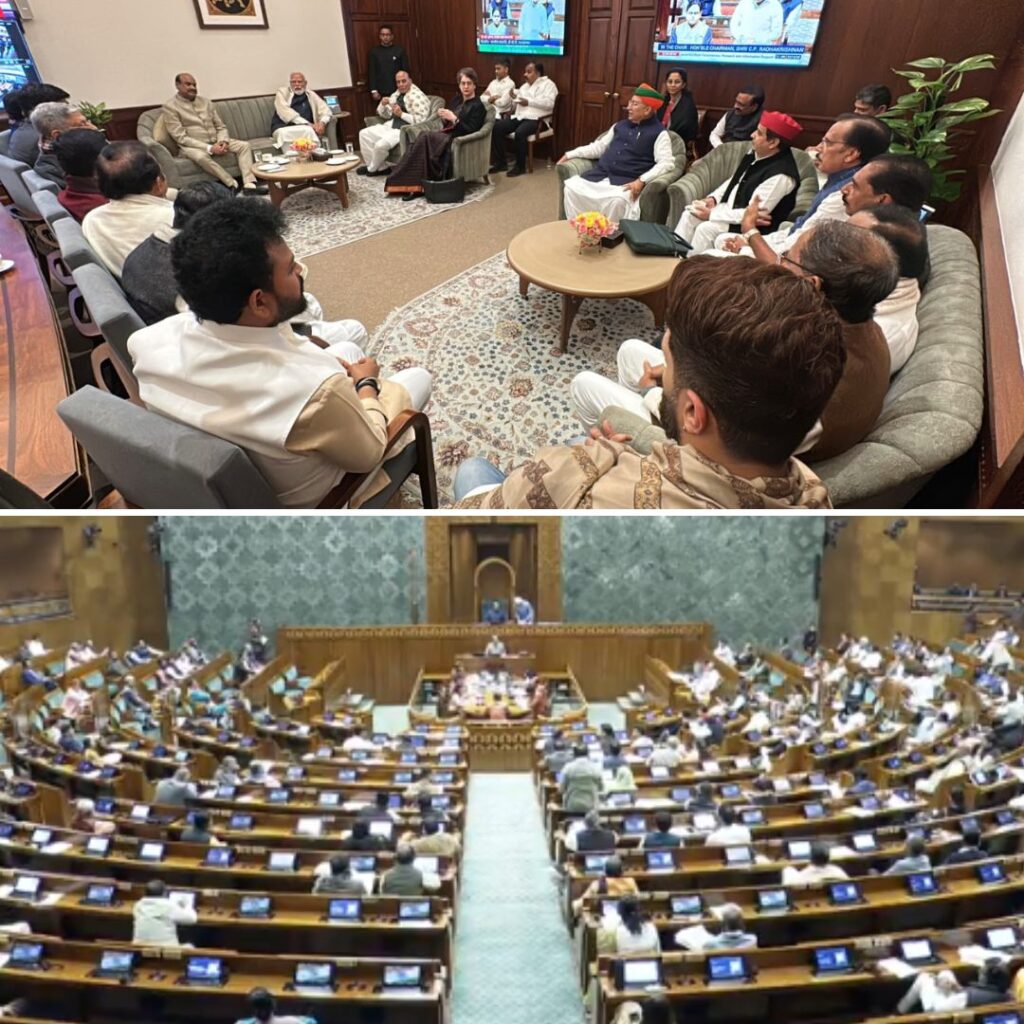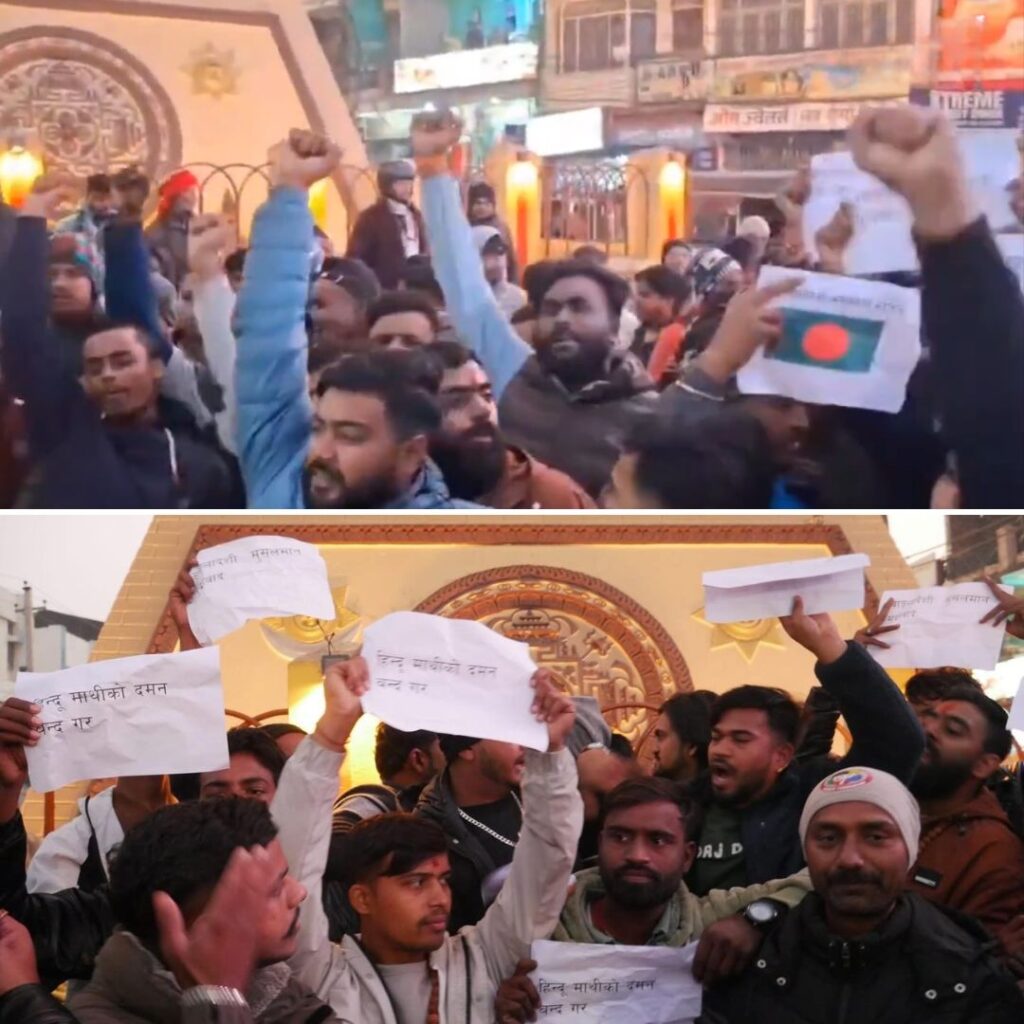Photographs of coins with images of lotus, Hindu gods and goddesses is being circulated on social media platforms with the claim that these were minted in 1818 by the East India Company, when it colonised India.
This message is being forwarded in the backdrop of the ‘Bhoomi Pujan’ of the Ram temple that happened on August 5 at the site located in Ayodhya, that was disputed for decades until the Supreme Court handed over the ownership to Hindus last year.
Below is the message being forwarded with the photos:
‘Really….. that in the year 1818 the coins of ‘2 Anna’ had the picture of Sita,Ram,Hanuman, Lakshman ,Bharat, Shatrugan, already Minted on one side and Lotus (kamal) on the other side with OM and two Diyas on it too. Can we co-relate it and say that it was Ordained that when the Govt of the Lotus Party will come then Ram Family will be reinstalled Respectfully under the Shine of Diyas…..(As is expected on 5th August in Ayodhya…..Real Homecoming into Ayodhya?????) JAI SRI RAM to all Hindus.
One side of the coin feature the lotus and Om, a Hindu religious symbol. The value of the coin is mentioned to be ‘2 Anna’. Further, the year 1818 is inscribed, and ‘East India Company’.
The Logical Indian received a request to verify the claims.
Similar claims were viral earlier as well.
Do you know that two anna coin was released in 1818 by East India Company; and you will be surprised to see the other side of the coin.श्रीराम राम रणकर्कश राम राम ।श्रीराम राम शरणं भव राम राम ।। pic.twitter.com/kgFQZZYCXh
— Ajit Doval (@AjitKDoval_FAN) November 8, 2019
Claim:
Coins featuring Hindu Gods & Lotus were minted in 1818.
Fact Check:The claim is false.
The Reserve Bank of India’s (RBI) Monetary Museum has documented the history of coinage in India.
Below are screenshots from RBI’s website which show that coins from the British Colonisation does not resemble the coin seen in the viral photograph.
According to the information on the RBI website, the coins of Bengal were developed along the Mughal pattern, those of Madras were struck along South Indian lines both in design and metrology (Pagoda) as well as along Mughal designs. The English coins of Western India developed along Mughal as well as English patterns. It was only in 1717 AD that the English obtained permission from the Emperor Farrukhsiyar to coin Mughal money at the Bombay mint. By the early 1830, the English had become the dominant power in India. The rise of one dominant power after over a hundred years of turmoil, enabled the enactment of the Coinage Act of 1835 and for uniform coinage to be issued.
The coins issued after 1840 bore the portrait of Queen Victoria. The first coinage under the crown was issued in 1862 and in 1877 Queen Victoria assumed the title the Empress of India.
Ramtanka Or Temple Tokens
BoomLive quoted a source familiar with numismatics or the study of coins as saying that the coin seen in the viral photograph had features of Ramatanka or ‘temple tokens.’
Temple tokens are not used as legal tender, but tokens (tankas) related to Hindu temples. They are usually for religious pilgrims to carry for good luck.
Usual features of these include Hindu deities and other such symbols.
Fantasy temple tokens can be bought on online shopping sites.
Fantasy Creations
The Logical Indian reached out to numismatist and author Mohit Kapoor, South Asian chapter of the Oriental Numismatic Society saying that the coins in the viral image is a fantasy issue.
‘The image of the coin is not a legitimate issue as the East India Company never struck such coins.This is part of a long series of Fantasy issues struck more as Souvenirs,’ he said.
If you have any news that you believe needs to be fact-checked, please email us at factcheck@thelogicalindian.com or WhatsApp at 6364000343.
Also Read: Fact Check: RBI Hasn’t Released New Currency, Pictures Of Commemorative Coins Shared As Real Money












